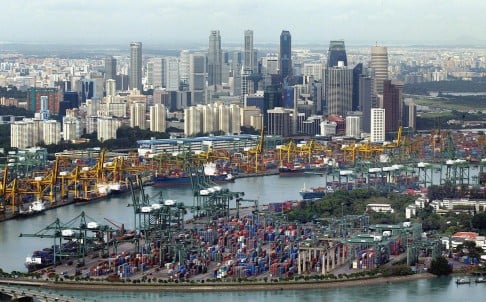The CoE concept is not fixed. A company can design, build, and operate as they believe would be most beneficial. To that extent, LTD Management offers the following—
- What is the mission and purpose of the group and of each project they undertake? What are the goals? What value and benefits will it generate for the company and for the supply chain group? These are perhaps the first questions that should be addressed. The answers should be clear and understood by everyone. Will it focus on best practices as is sometimes done with a CoE? Or will it go further and work to take supply chain management to a higher level? We support both, with emphasis on taking SCM to a higher level.
- Across the organization, a CoE can blend the best of "corporate" and "local" thinking and operations, improve tactical alignment, share resources, advance integrated supply chain process and integrated supply chain technololgies, break down functional and organization barriers/silos,and increase agility.
There is much complexity with the company-wide supply chain that creates significant opportunities. Examples are risk and sustainability.
There is also the potential of using the new supply chain management for the company's blue ocean strategy. This could address opportunities such as B2B and B2C global ecommerce and multichannel sales. Elevated, integrated technology and process and time compression are examples of sub-projects that would go with these.
- What is the structure? Will it be a corporate effort that presents its work to others? Or will it be a collective, collaborative effort? We believe it should be a blended endeavor of corporate and regional people. Depending on the project, there should be internal and external stakeholders and outsiders who can present objective comments to guide the effort. Blending is important for team involvement and for implementation--so that the work of the group is adopted throughout the company and is not viewed as a dictate by an authoritative body. Various online technologies and collaborative tools should enable this approach. Depending on the respective projects, the leader of the particular work should rotate through key parts of the supply chain organization, both corporate and regional. The size of a team should not be so large as to make it impotent for the work and decision-making required.
- Where should it start? How does it identify and select projects? Various groups within the company likely have their own ideas of what projects the CoE should work on. Another approach is to do a holistic analysis of the global supply chain. Core components to the assessment are—
- Process
- Technology
- Organization
- Product flows
- Information flows
- Best practices
- Key performance measures
- Capacity, utilization, and scalability of supply chain
- Financial flows
- Costs
Project results and performance are important to validating and increasing support for the center of excellence.














